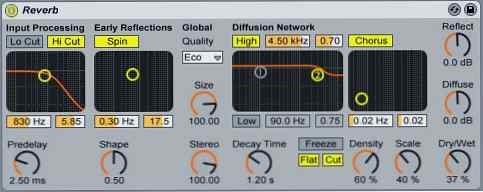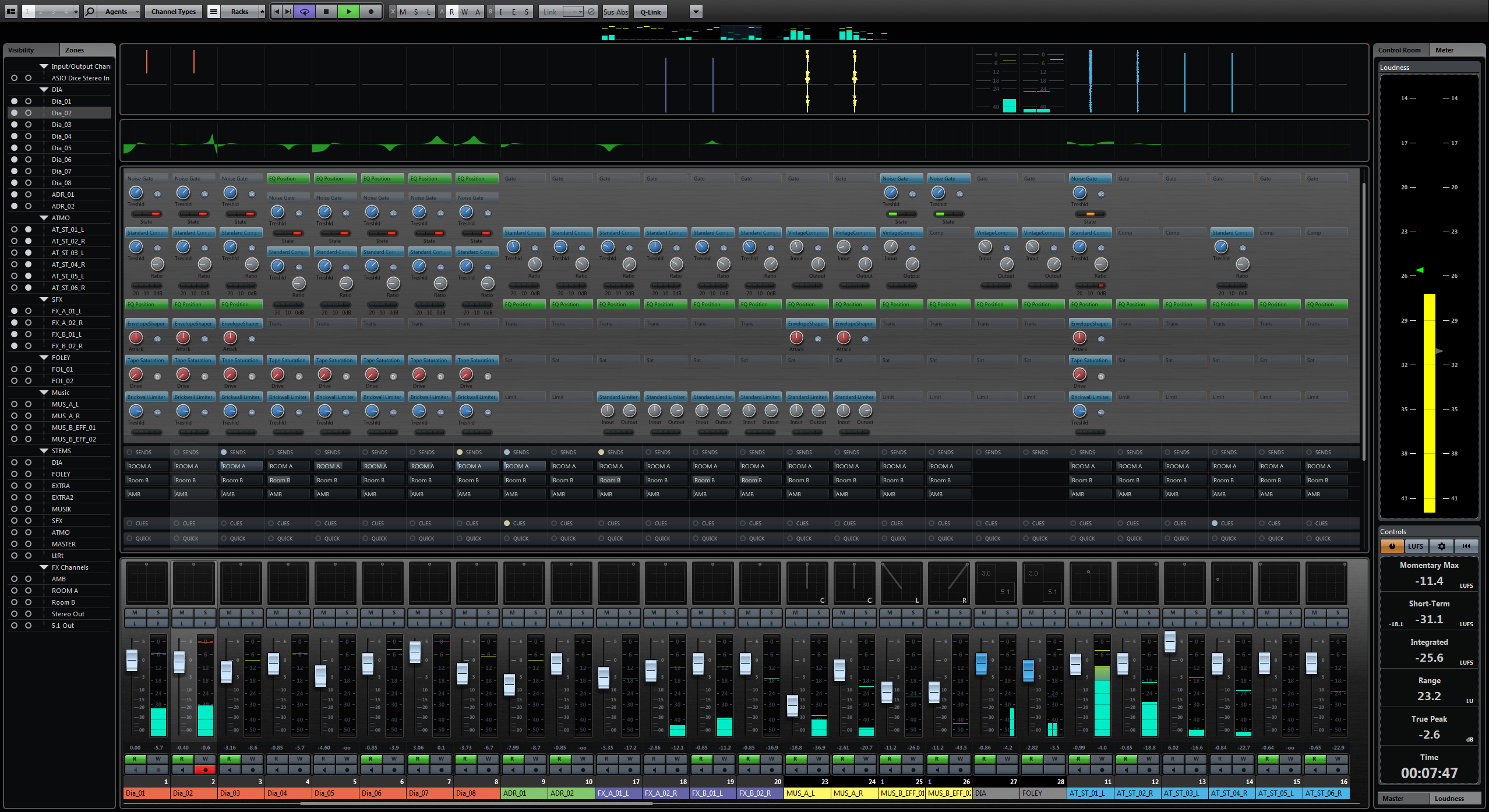Search (Cmd + F) Categories Collections Places Name Place Raw Amp Audio Effect Rack Auto Filter Auto Pan Beat Repeat Cabinet Channel EQ Chorus Compressor Corpus Delay Drum Buss Dynamic Tube Echo EQ Eight EQ Three Erosion External Audio Effect Filter Delay Flanger Freqency Shifter Gate Glue Compressor Grain Delay Limiter Looper Multiband. Here is a tutorial on Ableton's Gate device, an incredible useful multitool for cleaning your mixes up. We go over gated reverb, trancegates, gate sidechain. Step 4 - Rhythmical Gating and Gated Patterns. One of the most creative ways to use your gate plug-ins is to produce rhythmical patterns with them. As a lot of DAWs now feature native side chaining, you can now feed your gate with just about any signal you like. This allows you to use the gate as a sort of automated tremolo or pattern generator.
Gates are the perfect plug-in to remove noise and unwanted signal from our audio but if your gate plug-in supports side chaining you might be able to use it for a whole lot more.
By feeding a percussion pattern or drum loop into your gate you can transform any sound fed through it into it's own rhythmical pattern. Let's take a look at this simple but effective technique in Ableton Live.
Step 1 - Loading Up Your Initial Sound
First up we have to focus on the sound we want to treat with our gate effect. I find that this tends to work very well on sustained sounds. So short percussive stabs or sequences may not be such a good idea but pads, strings and sustained vocals are perfect.

In this case I have gone for a synth based string sample, which I think should work pretty nicely. As I mentioned in the intro I am using Ableton Live here but of course you could use any DAW that has a gate plug-in and side chain capabilities.
Audio: The string sample I plan to treat:
Step 2 - Adding the Gate Plug-in
Next I loaded Live's stock gate plug-in. At the minute it should have no effect, with the threshold jacked all the way to the top you should be able to hear your sound with zero processing.
The Ableton gate is added
Step 3 - Adding the Trigger Sound
Ableton Gate Plugin Download
Now we need our trigger sound. Just about any percussive groove based pattern will do here. Obviously this will be the basis of your gated pattern, so pick something that you like! You can either use a drum or percussion loop, or you could actually program a MIDI part.
The latter will give you a completely custom gate pattern but in this case I have used a loop to keep things simple.
Audio: The loop I'll use as the trigger:
Step 4 - Setting Up the Side Chain
The gate is opened to reveal the side chain functions.
Now get into the gate plug-in and open up the hidden panel. This is done by hitting the small arrow icon in the top left of the gate's interface. You should now see the controls for the side chain feature.
Activate the side chain and choose the audio channel you just placed your trigger sound on as the source. With these steps completed, your side chain is successfully set up.
Step 5 - Fine Tuning the Gate and Adding a Final Touch
Ableton Gated Reverb
Now move the gate's threshold control until it catches the peaks of your trigger audio. You should start to hear your gate react with the sound. At this point you can fine tune the attack and release settings. I find a fast attack, with no hold and a moderate release is a good starting point.
Once you're happy with the effect you can add some final touches, I always find that a subtle delay line works very well. To hear this working clearly you might want to turn off or mute the trigger audio.

The final gate setting in action.
Audio: The gate and trigger in the mix:
Ableton Gate Plugin
Audio: The gated string in isolation with some delay:
Ableton Gate Return
Wanna learn more Ableton tips an tricks? Click below to see how:



